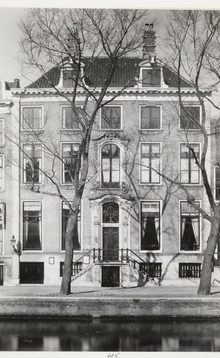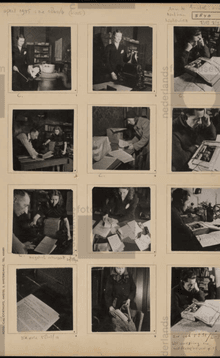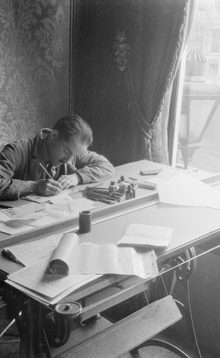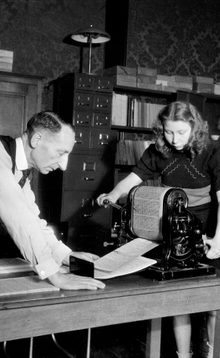
Featured - A place of resistance
History
AM Journal

For the first edition of AMJournal historian Dorine Maat writes about the Willet-Holthuysen House as a site of resistance during the Second World War.

The Willet-Holthuysen House
The Willet-Holthuysen House, a canal house museum in Amsterdam, was originally bequeathed to Amsterdam by its last owner, Louisa WilletHolthuysen, in 1895. The house has a rich history of being home to various families and institutions.

The War Years
On May 15, 1940, German forces marched over the Berlagebrug into Amsterdam, firmly establishing the city’s occupation. In Amsterdam, it led to the formation of resistance movements, which were trying to help victims of the new regime by aiding them with fake passports, food stamps and places where they could hide.

Resistance at the Willet-Holthuysen House
During the war the family Boer lived in the house. Father Dirk Arie Boer was the concierge and he and his wife Helena and their daughters Ewalda and Carla lived in the basement.
In 1943 the sociographic institute ISONEVO rented offices in the house, some of the staff was involved with the resistance movement.
Alongside notes from Resistance Council meetings there is visual material of Willet-Holthuysen’s wartime history. This imagery encompasses the activities of the Council of Resistance, captured by Cas Oorthuys.

Resistance at the Willet-Holthuysen House
Read more
Resistance at the Willet-Holthuysen House
Read more
Resistance at the Willet-Holthuysen House
Read more
Call for Papers
AMJournal calls on all scholars to submit their abstracts for the second issue of the online, peer reviewed Amsterdam Museum Journal, devoted to the impact of gentrification in urban spaces (published diamond open access in 2024).
The Willet-Holthuysen House
A canal house, rich with period rooms and stories
exhibition.continuous
The Willet-Holthuysen House
